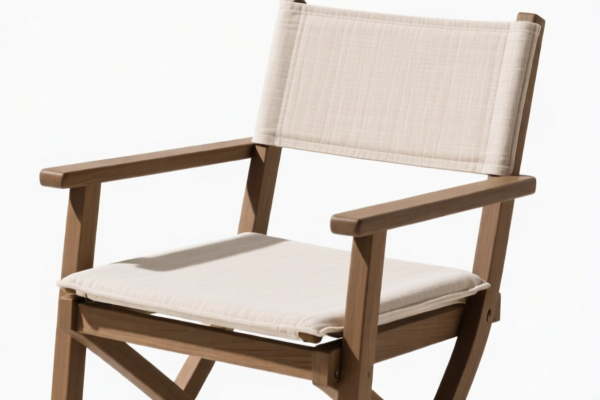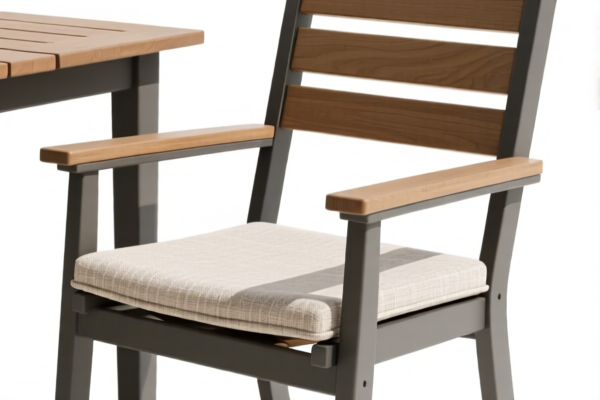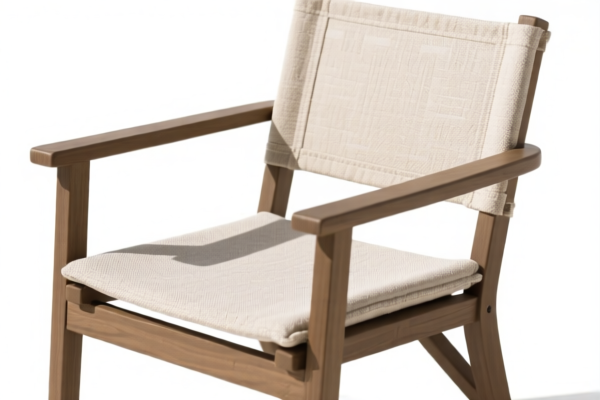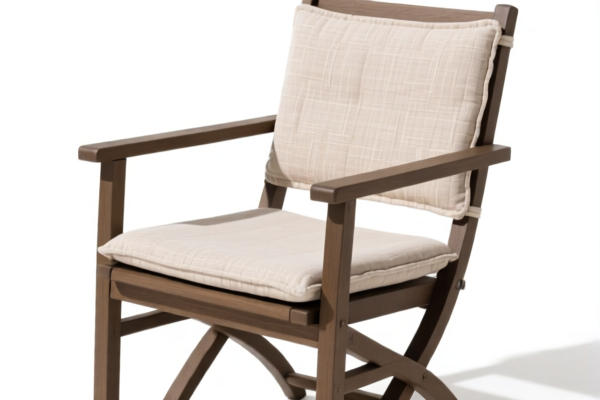| HS Code | Official Doc | Tariff Rate | Origin | Destination | Effective Date |
|---|---|---|---|---|---|
| 6911103510 | Doc | 63.5% | CN | US | 2025-05-12 |
| 6911105200 | Doc | 45.5% | CN | US | 2025-05-12 |
| 6912001000 | Doc | 38.2% | CN | US | 2025-05-12 |
| 6912004500 | Doc | 34.5% | CN | US | 2025-05-12 |
| 7013411000 | Doc | 52.5% | CN | US | 2025-05-12 |
| 7013412000 | Doc | 51.5% | CN | US | 2025-05-12 |
| 7115906000 | Doc | 59.0% | CN | US | 2025-05-12 |
| 7115903000 | Doc | 58.9% | CN | US | 2025-05-12 |
| 7114115000 | Doc | 58.3% | CN | US | 2025-05-12 |
| 7114200040 | Doc | 58.0% | CN | US | 2025-05-12 |
| 7323993000 | Doc | 63.2% | CN | US | 2025-05-12 |
| 7323995030 | Doc | 55.0% | CN | US | 2025-05-12 |
| 3924102000 | Doc | 44.0% | CN | US | 2025-05-12 |
| 3926901600 | Doc | 40.6% | CN | US | 2025-05-12 |




Dining Plates
Dining plates are flat, typically circular dishes used for serving food at the table. They are a fundamental component of table settings in various cultures and cuisines.
Material
Dining plates are manufactured from a diverse range of materials, each influencing durability, aesthetics, and cost:
- Ceramic: The most common material, encompassing several subtypes:
- Earthenware: Porous and less durable, often brightly colored and used for casual dining. Requires glazing to be waterproof.
- Stoneware: More durable than earthenware, denser and less porous, suitable for everyday use.
- Porcelain: The most durable and refined ceramic, known for its translucency, strength, and resistance to chipping. Often used for formal dining.
- Bone China: A type of porcelain containing bone ash, resulting in exceptional strength, translucency, and a delicate appearance. Considered the highest quality ceramic.
- Glass: Offers a modern aesthetic and allows visibility of the food. Can be tempered for increased durability.
- Melamine: A synthetic polymer, lightweight, durable, and break-resistant, commonly used for outdoor dining and casual settings.
- Plastic: An inexpensive and lightweight option, often disposable or reusable for casual use.
- Metal: Stainless steel, silver, or other metals are used for specialized plates or for decorative purposes.
Purpose
The primary purpose of a dining plate is to provide a stable surface for serving and consuming food. They facilitate organized eating and contribute to the overall dining experience.
Function
- Food Presentation: Plates serve as a canvas for food arrangement, influencing the visual appeal of the meal.
- Containment: They prevent food from direct contact with the table surface.
- Temperature Retention: Some materials, like ceramic, can help retain food temperature.
- Ease of Cleaning: Materials are chosen for ease of washing, either by hand or in a dishwasher.
Usage Scenarios
- Formal Dining: Porcelain or bone china plates are typically used for multi-course meals and special occasions.
- Casual Dining: Stoneware, earthenware, or melamine plates are suitable for everyday use and informal gatherings.
- Outdoor Dining: Melamine or plastic plates are preferred for their durability and break-resistance.
- Restaurants & Catering: Various materials are used depending on the establishment's style and price point.
Common Types
- Dinner Plates: The largest size, typically 10-12 inches in diameter, used for the main course.
- Salad Plates: Smaller than dinner plates, typically 7-9 inches in diameter, used for salads, appetizers, or desserts.
- Side Plates/Bread Plates: The smallest size, typically 6-7 inches in diameter, used for bread, butter, or small side dishes.
- Charger Plates: Large decorative plates placed under dinner plates, primarily for aesthetic purposes and to protect the tablecloth.
- Coupe Plates: Deep, rounded plates often used for soups, stews, or desserts.
- Platters: Large, oval or rectangular plates used for serving multiple portions of food.
Dining plates fall under various classifications depending on the material. Here's a breakdown of relevant HS codes based on the provided information:
- 6911103510: This code covers tableware, kitchenware, and other household articles of porcelain or china. Specifically, it includes plates not over 27.9 cm in maximum dimension, teacups, saucers, and mugs. The basic tariff is 26.0%, with an additional tariff of 7.5%, totaling 63.5%. After April 2, 2025, the additional tariff increases to 30.0%.
- 6911105200: This code also covers tableware, kitchenware, and other household articles of porcelain or china. It includes plates not over 22.9 cm in maximum diameter valued over $8.50 but not over $31 per dozen, and plates over 22.9 but not over 27.9 cm in maximum diameter valued over $11.50 but not over $41 per dozen. The basic tariff is 8.0%, with an additional tariff of 7.5%, totaling 45.5%. After April 2, 2025, the additional tariff increases to 30.0%.
- 3924102000: This code covers tableware and kitchenware of plastics, specifically plates, cups, saucers, soup bowls, cereal bowls, sugar bowls, creamers, gravy boats, serving dishes, and platters. The basic tariff is 6.5%, with an additional tariff of 7.5%, totaling 44.0%. After April 2, 2025, the additional tariff increases to 30.0%.
- 7323995030: This code covers tableware and kitchenware of iron or steel suitable for food or drink contact. The basic tariff is 0.0%, with an additional tariff of 0.0%, totaling 55.0%. After April 2, 2025, the additional tariff increases to 30.0%.
Regarding HS code 7323995030, please note the additional tariff of 25% for steel and aluminum products after April 2, 2025.
Customer Reviews
No reviews yet.